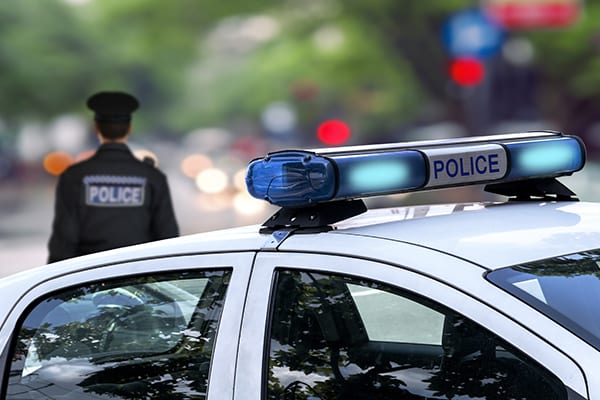
The fines, probation, licenses suspension, and other direct consequences of a first DWI are bad enough. The indirect consequences, such as higher insurance rates and the ramifications of a criminal record, could be even worse. Altogether, a DWI costs over $10,000.
Truth be told, many of these cases are difficult to defend. In some situations, the conviction rate can be over 80 percent. But Minnesota DWI lawyers know how to use procedural irregularities to suppress damaging evidence at trial. Moreover, these cases have lots of moving parts. Some of the more prominent ones are outlined below.
Intoxication
In many Minnesota DWI cases, intoxication is basically the only issue. Under Minnesota law, that intoxication could be because of any combination of drugs in the defendant’s system. Alcohol is almost always the only substance. But various other legal and illegal drugs, perhaps even substances like caffeine, could also trigger a DWI arrest.
To establish this vital element, prosecutors may use several types of evidence. The most common types are:
- Chemical Test: If the driver provides a breath or blood sample and the sample indicates a Blood Alcohol Content of over .08, the defendant is intoxicated as a matter of law. Even if the defendant “passes” the Breathalyzer or other test, police officers can (and almost always do) file charges, based on the other types of evidence available.
- Field Sobriety Tests: Exercises like the walk-and-turn (heel-to-toe walk) and the one-leg stand measure the defendant’s mental and physical abilities. If either is substantially impaired, a jury may conclude that the defendant was intoxicated. A third FST, the horizontal gaze nystagmus, is more of a medical test.
- Statements: “I only had a couple of beers” and “I just came from a bar” are two of the most damaging statements that a defendant can make. Such evidence may also be indirect. For example, if the defendant refuses to provide a chemical sample, that refusal is usually admissible at trial.
The burden of proof (beyond a reasonable doubt) is very high in these cases. So, lack of credible evidence is often the best defense that Minnesota DWI lawyers can use. For example, if the defendant admits to prior drinking, such evidence only establishes consumption. Or, a jury may well conclude that the defendant “passed” the FSTs even though the officer claims the defendant “failed” the test.
Driving
In plain English, driving simply means being behind the wheel and controlling the motor vehicle. In traffic stop cases, this element is easy to establish. The officer sees the defendant driving the car, and the defendant is behind the wheel when the officer approaches the car and identifies the driver.
But in other cases, this element is not so straightforward. Minnesota DWI lawyers handle many collision cases, and these are a good example. In a nonserious injury case, the defendant has usually exited the vehicle by the time first responders arrive. Since the officer or other responder did not see the defendant behind the wheel, that person cannot testify that the defendant was also the driver. In cases like these, the prosecutor must produce an additional witness who saw the defendant driving the car. That’s not always easy to do.
Of course, if the defendant admits to driving or makes a similar statement, such a witness is not necessary.
Operating
The “operating a motor vehicle” element is very broadly defined. According to the underlying court cases and the Minnesota DWI lawyers who prosecute these cases, operating really means “controlling” the vehicle.
Assume officers encounter a drunk person in a parked car. Even though the car is not in motion, the defendant was probably “operating” the vehicle for purposes of the statute. The prosecutor’s case is even stronger if the defendant had the keys. If the defendant did not have the keys or the car was inoperable for some reason, the prosecutor’s case is much weaker on this point.
Public Place
Any street, highway, or alley is a public place. A driveway or parking lot is not a public place, even though people turn around in other people’s driveways and anyone can drive to Walmart.
Motor Vehicle
Basically, any powered vehicle is a “motor vehicle.” That includes motorboats, Segways, riding lawnmowers, golf carts, powered wheelchairs, and so on. Boats and some other vehicles, like airplanes and helicopters, may be covered by different statutes.
Unpowered vehicles are another matter. Bicycles, skateboards, and so on are not motor vehicles in the Gopher State. Minnesota DWI lawyers could use a similar argument in cases involving something like a canoe, sailboat, or kayak. In the Land of 1,000 Lakes, such cases come up more often than you may think.
Call Today To Speak With A Minnesota DWI Lawyer From Carlson & Jones
There are a number of ways to defend DWI and related cases. For a free consultation with an experienced criminal defense attorney in Minnesota, contact Carlson & Jones, P.A. We have four offices in the state.

